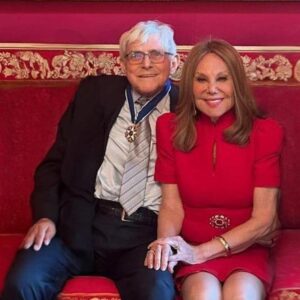The millennial in question is Carlo Acutis. The teenager died in 2006 due to leukemia. At the time of his death, he was only 15 years old. The young man is known among many as the patron saint of the internet because of his computer skills and how he used them for his faith.
Carlo was born in London to Italian parents. He moved to Milan with his family when you was very young. His love and interest in Catholicism emerged very early. His love for the religion at just 7 years old was so infectious that it inspired his mother, Antonia Acutis, to rejoin the church. Even as a child, he would go to mass every day.

He was called to serve from a young age and always found ways to help the less fortunate with acts like donating to homeless people. In the months before he passed, young Carlo used his self-taught computer skills to make a website to achieve miracles.
After he passed away, his mother said that people from all over the world contacted her to tell her about medical miracles they experienced after they prayed to her son, anywhere from cures for cancer to infertility, she heard about it all.
“Carlo was the light answer to the dark side of the web,” his mother said, adding tat some people who admired her late son called him an “influencer for God.”
Carlo’s life “can be used to show how the internet can be used for good, to spread good things,” Ms. Acutis shared.
Carlo’s journey toward canonization began in 2020. This happened after the Diocese of Assisi, where his family owned property, petitioned the Vatican to recognize him as a saint.
In February 2020, Pope Francis attributed the healing of a boy with a malformed pancreas to Carlo after the sick child had somehow come into contact with the late Carlo’s shirt.

A final step towards sainthood is for the pope to approve a second miracle. According to the Vatican, the second miracle is of a Costa Rican university student who was injured severely after falling off her bicycle in Florence. The woman needed major brain surgery and doctors warned her family that survival rates would be low. The woman’s mother traveled to Assisi, at Carlo’s tomb at the Sanctuary of the Renunciation and prayed for her daughter’s recovery to him.
Immediately after, the young woman began to show signs of improvement in her breathing, mobility and speech, according to the Vatican. Ten days after the visit to Carlo’s tomb, a CT scan showed that the hemorrhage on the woman’s brain had vanished, and she was able to be transferred to a rehabilitation facility.




